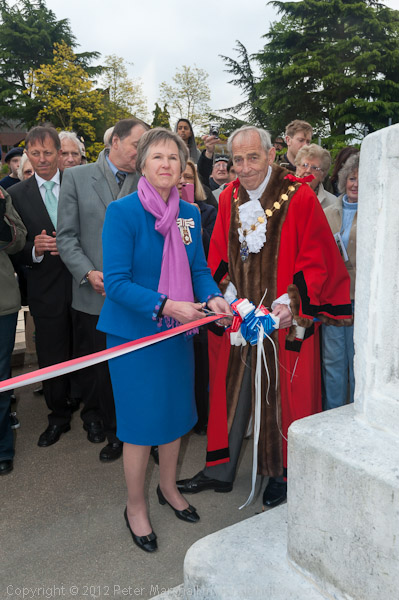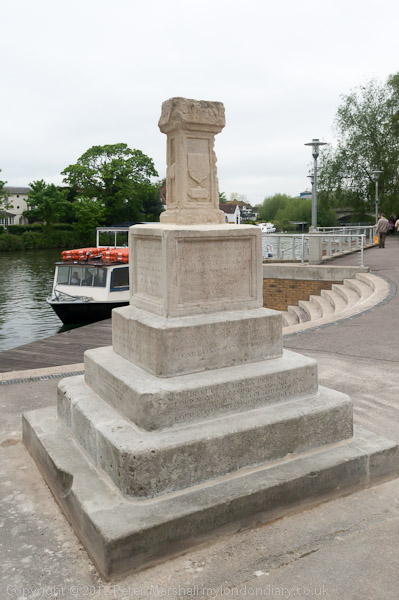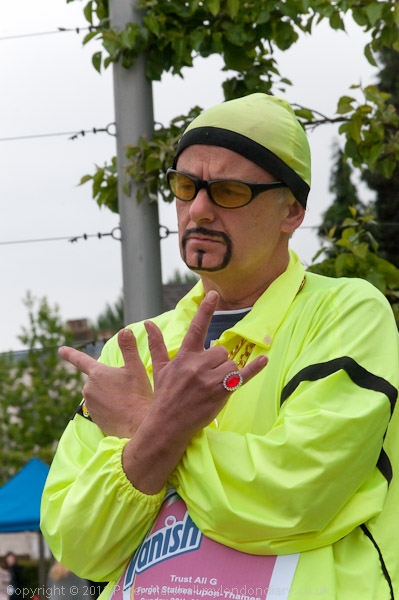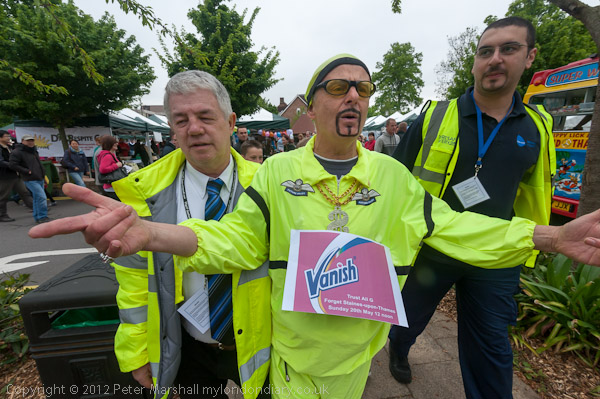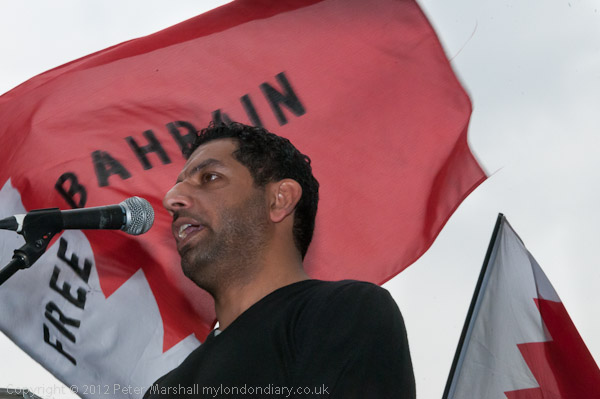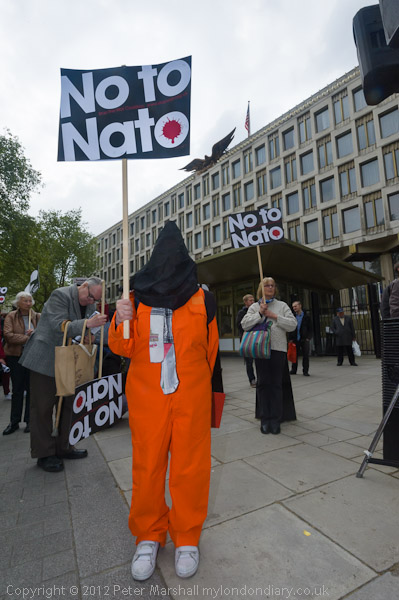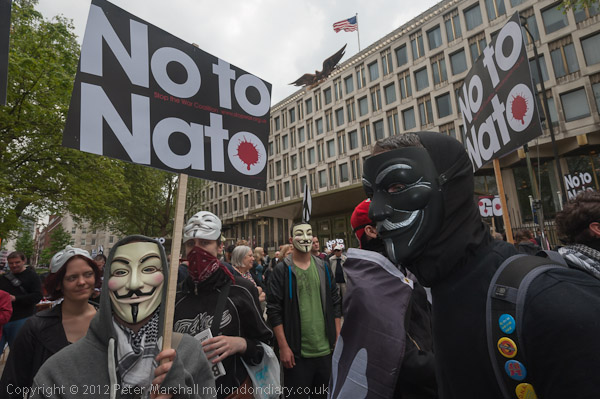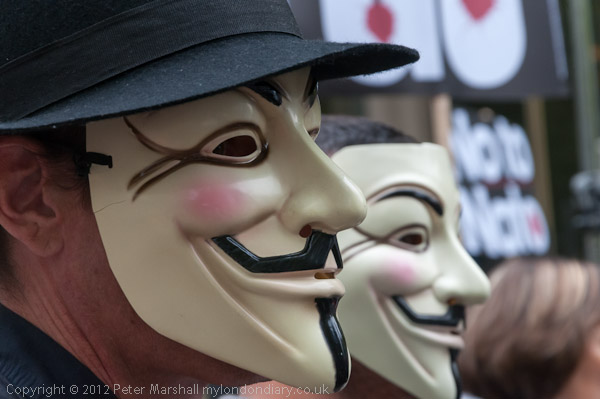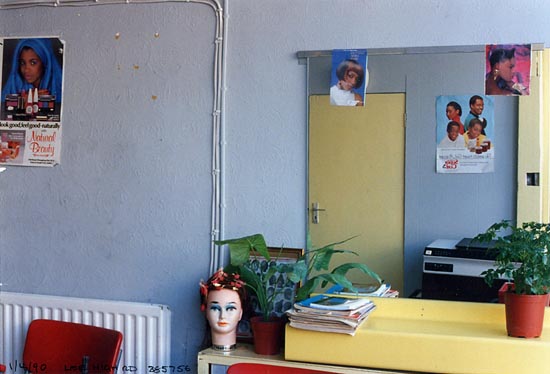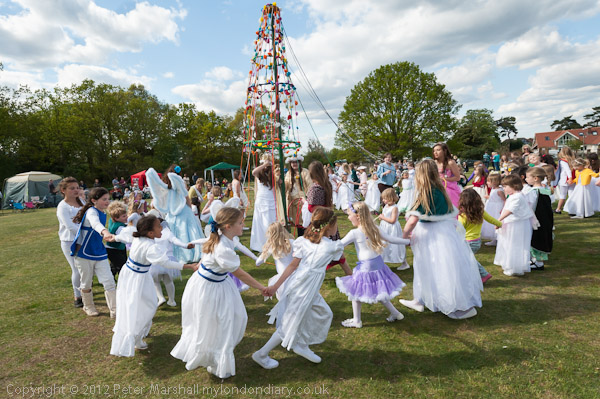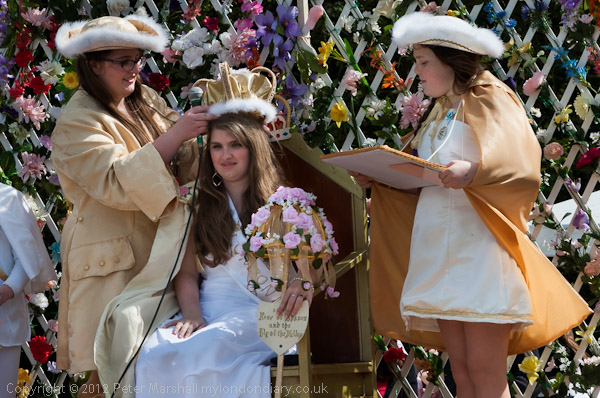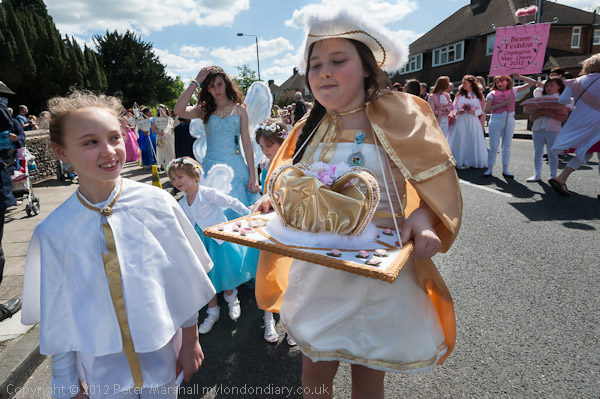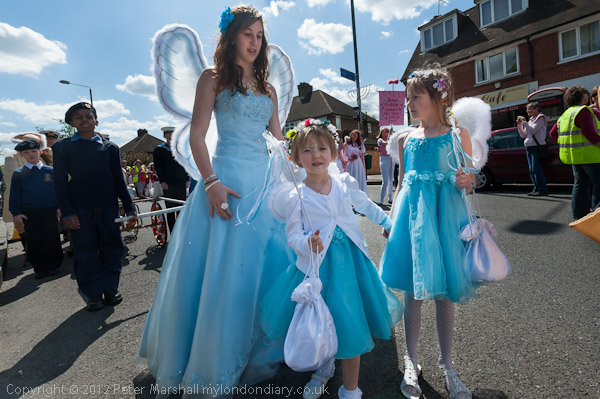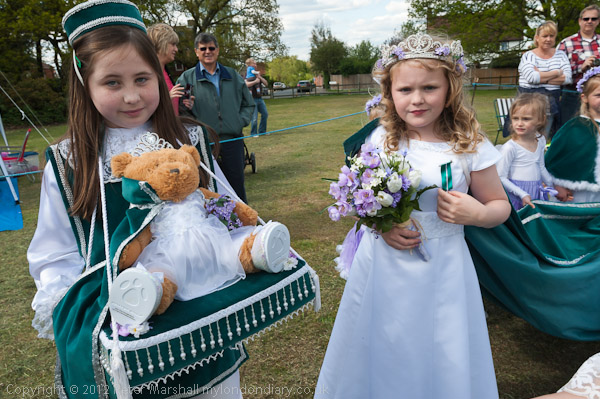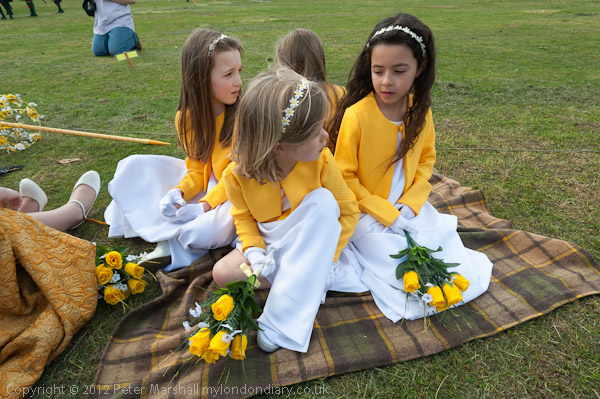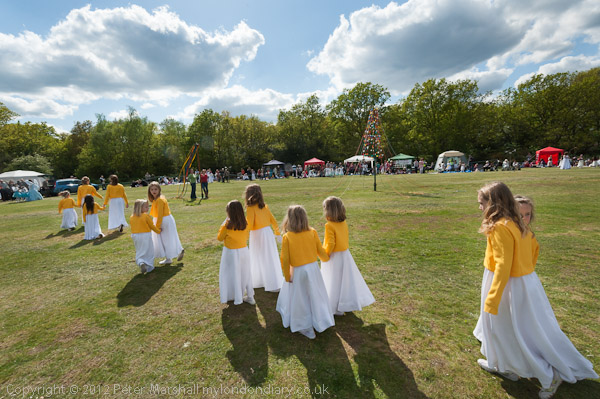Unfortunately I don’t have time to write fully about each of the five shows I attended on the tour before the opening party of this years London Photography Festival which was held in the Dog Eared Gallery where the major show ‘The Great British Public’ is taking place, particularly as I have a rush job to complete before I flee and lie low for a few days as the country suffocates under a sea of red, white and blue. But certainly this years festival is a quantum leap up from last years somewhat tame London Street Photography Festival, and perhaps if this progress continues London will soon have the kind of photography festival it needs, rather than two events – this and the East London Photomonth – that while interesting don’t really create the kind of buzz that London deserves.
One show not to miss is at the Guardian Gallery at King’s Place in York Way from 1-28 June 2012 open 10-6, 7 days a week. I suspect I have seen most or all of the pictures in Steve Bloom’s ‘Beneath the Surface’ before, because when Bloom left his native South Africa in 1977 he took the “small pile of silver-gelatin black and white prints” to the offices of the Anti-Apartheid Movement in London, and they sent him on to the International Defence and Aid Fund for Southern Africa who published and exhibited them, but that now seems an age ago, distant in terms both of time and sensitivity. It is hard now to believe the everyday nature of apartheid that emerges through his pictures perhaps even more than the more dramatic scenes. Accompanying the show is a free limited edition 24 page newsprint publication produced by the LFP together with the Observer, so go soon to get your copy before all 1000 disappear.
Its a short walk from Kings Place in York Road to the Minnie Weisz Studio in Pancras Rd, where her Camera Obscura is showing (Tue-Sun, 10am – 6pm until 29 June 2012), though you may want to allow yourself an hour or two to explore the redevelopment at last taking place to the north of Kings Cross and across the canal in the former goods yard site. It was in 1987 – 25 years ago – that I became involved for a couple of years with the Kings Cross Railway Lands Group after the first rumours of the comprehensive redevelopment emerged.

Minnie Weisz’s work is particularly concerned about “buildings on the brink of change” and this area has thus provided plenty of scope for her photographs of room interiors. In some she turns the room into a camera obscura so that an upside down image of the outside world is projected on its surfaces, which she then photographs with a normal camera, sometimes choosing to display the room upside down so that the projected image appears the right way up. It was work that reminded me of Abelardo Morell, though the images in Weisz’ show that most appealed to me were her simple straightforward atmospheric images of deserted rooms with peeling paint.
A couple of doors down is the Hardy Tree Gallery, (named for the well-known feature of Old St Pancras Churchyard) showing the results from “a four year research project by London-based, Saudi photographer Wasma Mansour (1-30 June 2012, 10am-6pm, 7 days a week.) I don’t feel competent to evaluate the assumptions behind her work on the generalisations about Saudi women living alone and the effect these have on their “efforts to reconcile with their identities and asserting their sense of individualism” but for me her exploration with “a multidirectional photographic approach” did not seem to have reached the kind of final resolution that I found satisfying. The set of work I found most interesting did not feature the women but showed what I assume were areas of their living accommodation as still life. But perhaps this is a show that needs to be examined in greater depth than I was able to give it in my brief visit.
Next came the two mainline stations, and first was St Pancras, a building whose rebuilt interior I still find depressing at ground level, even more so when entered from the north-west end. The new concourse at Kings Cross is however more impressive – I just hope they will soon sort out the Euston Road frontage.

The display at St Pancras is a small collection of work from the group show ‘The Great British Public‘ at the Dog Eared Gallery printed large on free-standing panels (until 1 July 2012, 24/7.) Handy if you are in a rush for a train or can’t afford the £6.50 for the gallery, and of course will be seen by many thousands more than the show, and acts as good advertising for the festival, but essentially adds nothing to the show (see below.)

At Kings Cross there is a large display of panels of Contemporary London Street Photography, which although it will certainly attract much public attention I found disappointing (as too did the group of photographers I met there looking at it.) Although there were a number of good pictures (including several by personal friends), the whole long wall gave me a powerful feeling of deja-vu. Of course some of the pictures I had seen before (and I’m sure there were one or two that were in last year’s festival) but it was more that these were pictures very like pictures I had seen before and largely the kind of image that very soon exhaust themselves, pictures better suited to a digital world where the next image is a mouse click away or quickly changes to the next image in a slide show, sometimes only visible for a fraction of a second. It’s perhaps unfair on at least some of the photographers, but overall this was my feeling. There was something very dated about much of this work, and an over-reliance on graphic effect, a confusion of means as ends. For me photography is essentially about content and too often here it was lacking.

The Great British Public group show at the Dog Eared Gallery in Field St, a short walk away down the Kings Cross Road (1-24 June 2012, 10am-6pm, 7 days, £6.50) is a ragbag, but at times an engaging one. Oustanding are set of http://chrissteeleperkins.com/personal.php portraits of centenarians, looking extremely young and healthy, and head and shoulders above the rest of the work in the room not least for the sheer professionalism, but also for the sensitivity of the photographer, Chris Steele-Perkins. Another very fine piece of work is Liz Hingley’s Under Gods, pictures from the urban multi-faith communities of Birmingham’s Soho Road, undoubtedly one of the finest recent British documentary projects, although I would have liked to see the prints a little larger (and better lit than some were for the opening.) Martin Parr’s few pictures from his Black Country project that he can still take good pictures when he puts his mind to it, even if sometimes in other work he seems to be coasting on his reputation, and there were a number of other pictures around the room that appealed to me even if I felt rather disappointed at the quality of some of the work on show.
There are of course other shows in the LFP, as well as talks and workshops, and you can find about about everything on the LFP web site.
